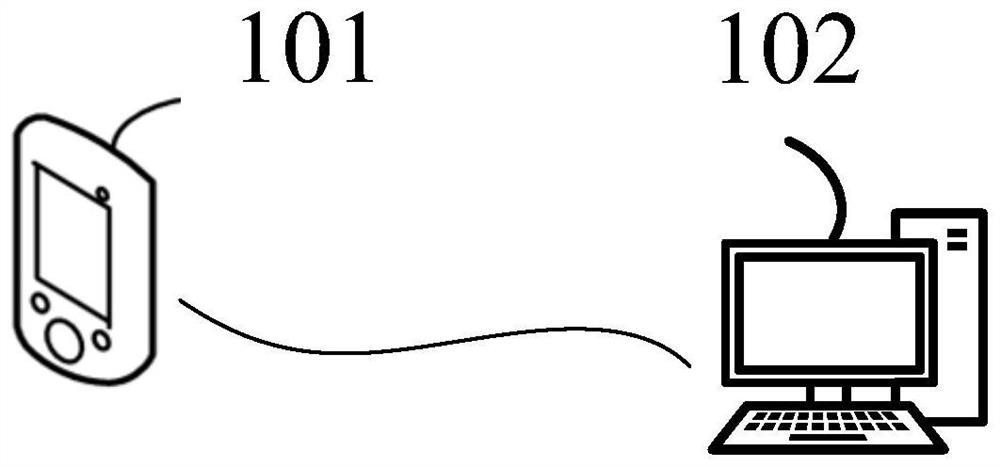State detection method and device, detection equipment and storage medium
A technology of state detection and electronic equipment, applied in the field of artificial intelligence, can solve the problems of less negative audio data, inability to train a state detection model, and insufficient state detection accuracy, so as to achieve the effect of ensuring accuracy
- Summary
- Abstract
- Description
- Claims
- Application Information
AI Technical Summary
Problems solved by technology
Method used
Image
Examples
Embodiment Construction
[0081] In order to make the purpose, technical solutions and advantages of the embodiments of the present application clearer, the following will further describe the embodiments of the present application in detail in conjunction with the accompanying drawings.
[0082] It can be understood that the terms "first", "second" and the like used in this application may be used to describe various concepts herein, but unless otherwise specified, these concepts are not limited by these terms. These terms are only used to distinguish one concept from another. For example, without departing from the scope of the present application, a first node could be called a second node, and a second node could be called a first node.
[0083] The term "at least one", "multiple", "each", "any", etc. used in this application, at least one includes one, two or more than two, multiple includes two or more, each A refers to each of the corresponding plurality, and any refers to any one of the plural...
PUM
 Login to View More
Login to View More Abstract
Description
Claims
Application Information
 Login to View More
Login to View More - R&D
- Intellectual Property
- Life Sciences
- Materials
- Tech Scout
- Unparalleled Data Quality
- Higher Quality Content
- 60% Fewer Hallucinations
Browse by: Latest US Patents, China's latest patents, Technical Efficacy Thesaurus, Application Domain, Technology Topic, Popular Technical Reports.
© 2025 PatSnap. All rights reserved.Legal|Privacy policy|Modern Slavery Act Transparency Statement|Sitemap|About US| Contact US: help@patsnap.com



